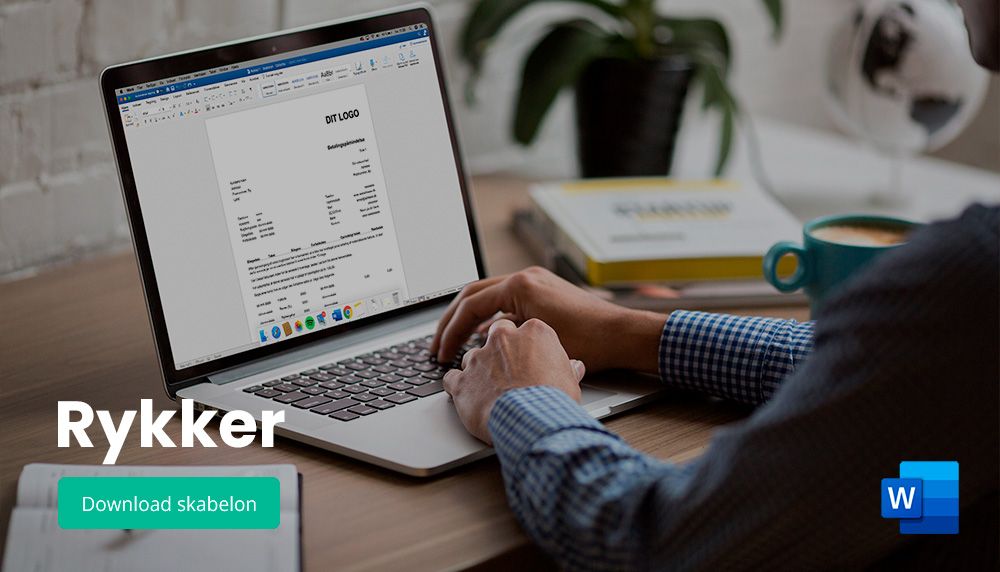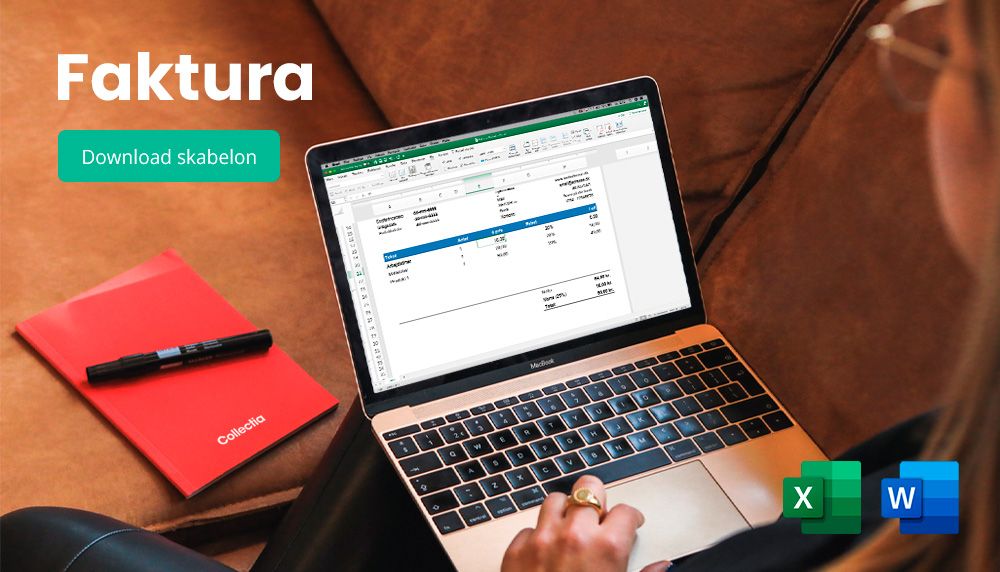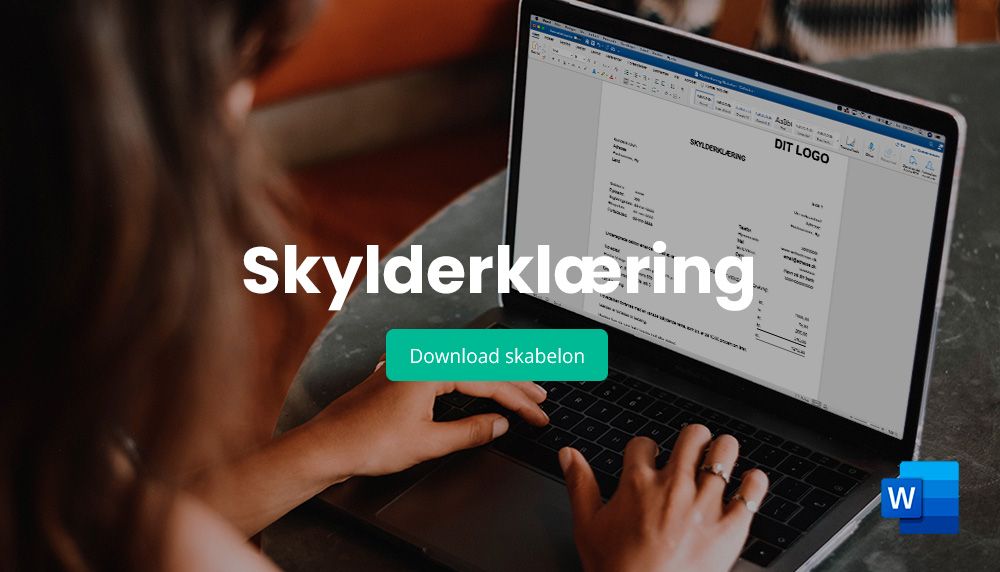
Outlays
The word 'attachment' has several meanings in the Danish language, but in the context of debt collection and debt recovery, it is a legal term used when a creditor wants to take a share of an asset held by a debtor that has a certain value.
What is an attachment?
Attachment is used, for example, in debt collection if the debtor is unable to pay his debts but has assets that represent a value. This allows the creditor (with the help of the enforcement court) to seize the debtor's assets, such as property, a car or movable property, as security for its claim.
The creditor can then ask the court to put the asset up for auction so that the asset is sold and the creditor can recover his or her attachment.
It is far from all debtors where it is possible to attach assets and movable property; for example, where the debtor is renting and does not own any assets of value.
What can be attached?
Basically, there is no specific list of what can be seized, but the subject is regulated in the Code of Civil Procedure.
In general, all assets that the debtor has that have value can be seized; real estate, vehicles, expensive valuables, expensive art, expensive jewelry and the like.
However, what the Code of Civil Procedure §509 refers to as "assets necessary for the maintenance of a modest home and a modest standard of living for the debtor and his household" cannot be seized.
There is no set list of what constitutes a modest home - and social developments are constantly pushing the concept. However, assets such as cheaper furniture, cheaper fixtures and fittings, kitchen utensils, clothes and the like are typically not subject to attachment - but this is assessed on a case-by-case basis.
What are the benefits?
Most creditors often prefer to have their financial claims covered by a payment, either in the form of a full repayment or in the form of an installment plan. However, if this is not possible for the debtor, an attachment is a good alternative.
With an attachment, you get security for all or part of your claim and thus a possibility to recover all or part of your financial claim at a later stage.
Just be aware that not all debtors have assets that can be attached. Therefore, an attachment cannot always be used as a recovery tool.
How to obtain an attachment of a debtor's assets?
Most attachments are issued following a debt collection process where active efforts have been made to get the debtor to pay the claim through a full payment or an installment plan.
As a result, the creditor himself or the creditor's collection agency has often tried to get the claim paid, but without success.
The attachment is taken in cooperation with the enforcement court in a judicial process. Such legal proceedings are typically initiated on the basis of a demand for payment sent to the enforcement court.
You can find the payment demand on the bailiff's website.











